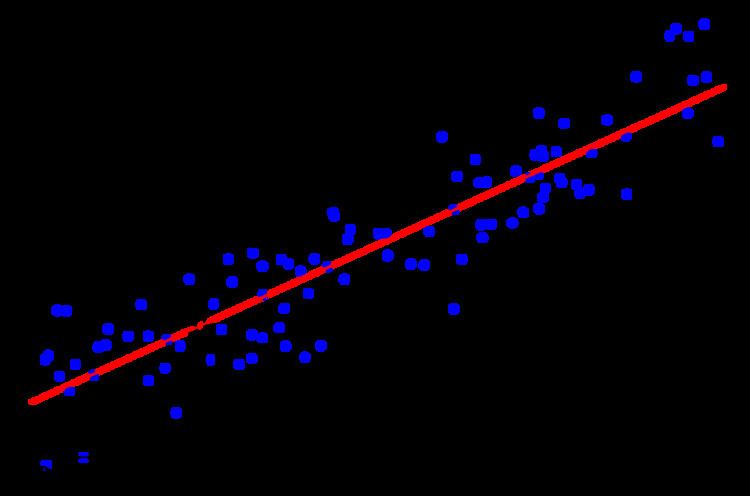 | ||
In econometrics, the Arellano–Bond estimator is a generalized method of moments estimator used to estimate dynamic panel data models. It was first proposed by Manuel Arellano and Stephen Bond in 1991.
Contents
Qualitative description
Unlike static panel data models, dynamic panel data models include lagged levels of the dependent variable as regressors. Since lags of the dependent variable are necessarily correlated with the idiosyncratic error, traditional static panel data model estimators such as the fixed effects and random effects estimators are inconsistent, due to presence of endogenous regressors.
Anderson and Hsiao (1981) first proposed a solution by utilising instrumental variables (IV) estimation. By taking the first difference of the regression equation to eliminate the fixed effect, deeper lags of the dependent variable can be used as instruments for differenced lags of the dependent variable (which are endogenous). Since increasing the number of instruments always increases the asymptotic efficiency of the estimator, it was proposed that all instruments in each time period should be used.
However, the Anderson–Hsiao estimator is asymptotically inefficient, as its asymptotic variance is higher than the Arellano–Bond estimator, which uses the same set of instruments, but constructs moment conditions from them and uses generalized method of moments estimation rather than instrumental variables estimation.
Formal description
Consider the static linear unobserved effects model for
where
Unlike a static panel data model, a dynamic panel model also contains lags of the dependent variable as regressors, accounting for concepts such as momentum and inertia. In addition to the regressors outlined above, consider a case where one lag of the dependent variable is included as a regressor,
Taking the first difference of this equation to eliminate the fixed effect,
This equation can be re-written as,
Applying the formula for the Efficient Generalized Method of Moments Estimator, which is,
where
The matrix
Implementations in statistics packages
plm package.xtabond and xtabond2 return Arellano–Bond estimators.